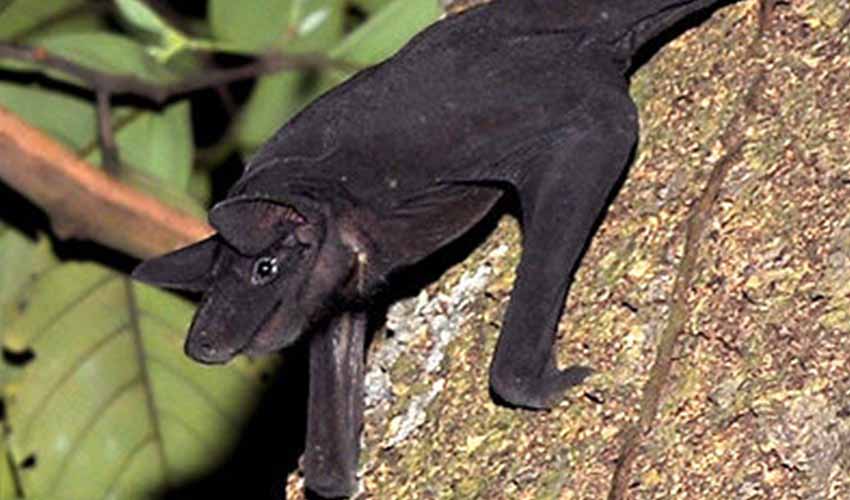Molossidae – Free-tailed bat
This family includes the fastest mammal on earth, the Mexican free-tailed bat that can fly at speeds of 159 km/h (99 mph)
These bats are recognized for their long, thick tails that extend beyond their tail membranes, a feature that gives them their common name and contributes to their exceptional agility and speed in flight. Additionally, they are known as Mastiff bats, a nod to the noticeable skin folds on their snouts that resemble the facial features of the Bullmastiff dog breed. This comparison highlights the diverse adaptations among bat species that reflect their ecological niches and behavioral traits.
Free-tailed bats possess long, narrow wings that contribute to their status as some of the fastest fliers in the bat world. These aerodynamic wings enable them to cover vast distances in search of food, allowing them to play a crucial role in controlling insect populations across various ecosystems. Their fur is typically short and velvety, providing insulation while minimizing air resistance during flight. However, there is notable diversity within this family, including species like the naked bats, which are distinguished by their lack of fur, showcasing the wide range of evolutionary adaptations within the Molossidae family.
The physical prowess of free-tailed bats extends beyond their flying capabilities. They are also excellent climbers, a skill facilitated by their strong legs. This ability is beneficial for navigating their often complex roosting environments, including caves, buildings, and other structures. Their unique tails serve not only as rudders during flight but also as sensory tools. Free-tailed bats can use their tails to ‘feel’ their way around in darkness, whether crawling backward or navigating tight spaces within their roosts.
Socially, Molossidae bats are known for their large colonies, which can number in the thousands to tens of millions of individuals. The Mexican free-tailed bat, in particular, is famed for forming the largest known mammalian social groups. These massive colonies offer protection from predators, enhance breeding opportunities, and facilitate the sharing of information about food sources among bats.
Genera in this family
They play a crucial ecological role by helping control insect populations, which benefits crops and reduces the spread of disease-carrying insects
Native to Central and South America
Their evening mass emergences from caves or bridges are considered a natural spectacle
True oddballs of the mammal world





